The central dogma of molecular biology, once considered an unshakable pillar of genetics, has faced numerous challenges over the decades. Among the most perplexing exceptions to this rule are prions—misfolded proteins that defy conventional understanding of inheritance and disease transmission. These enigmatic entities not only replicate without nucleic acids but also appear to propagate their aberrant conformations across generations, raising profound questions about the nature of biological information transfer.
Prions were first identified as the causative agents of transmissible spongiform encephalopathies (TSEs), a group of fatal neurodegenerative disorders that include Creutzfeldt-Jakob disease in humans and scrapie in sheep. Unlike viruses or bacteria, prions contain no genetic material. Instead, they consist solely of misfolded versions of the normal cellular prion protein (PrPC). What makes them truly remarkable is their ability to convert normal PrPC into the pathological isoform (PrPSc) upon contact, creating a self-perpetuating cascade.
The real shock came when researchers discovered that certain prion strains could be inherited. In yeast models, where prion-like proteins such as [PSI+] and [URE3] were first characterized, scientists observed that these protein-based elements could pass from parent to offspring with surprising stability. This finding upended the traditional view that only nucleic acid sequences could serve as heritable material. The implications were staggering: biological information could be encoded and transmitted through protein conformation alone.
Recent work with Caenorhabditis elegans has provided even more compelling evidence for protein-based inheritance. When researchers introduced misfolded proteins into these nematodes, they found that the aberrant conformations could persist for multiple generations, even in the absence of the original trigger. The mechanisms remain unclear, but some evidence suggests that small, stable aggregates or oligomers might serve as templates for propagating the misfolded state to newly synthesized proteins in offspring.
What makes prion inheritance particularly intriguing is its potential evolutionary significance. Unlike genetic mutations, which occur randomly and spread slowly through populations, protein-based changes can arise rapidly in response to environmental stresses. Some researchers speculate that prion-like mechanisms might allow organisms to adapt quickly to changing conditions by "switching" protein conformations in a heritable manner. This could represent a form of epigenetic inheritance operating at the structural level rather than through DNA modifications.
The story becomes even more complex when considering recent evidence that prion-like domains are surprisingly common in eukaryotic proteomes. These domains, characterized by their low-complexity sequences, appear in many proteins involved in RNA processing and stress response. Some researchers now suspect that what we observe as pathological prion propagation might be a corruption of normal biological processes for information storage and transfer that evolved early in life's history.
Technological advances have been crucial in unraveling these mysteries. Cryo-electron microscopy has revealed the intricate architectures of amyloid fibrils at near-atomic resolution, while single-molecule fluorescence techniques allow researchers to track individual prion particles as they convert normal proteins. These tools have shown that prion strains—variants with distinct structural properties—can breed true, much like genetic variants, further blurring the line between genetic and epigenetic inheritance.
As research continues, scientists are grappling with fundamental questions: How widespread is protein-based inheritance in nature? Could similar mechanisms explain the transmission of other protein-misfolding diseases? And most provocatively—might there exist entire biological systems where information flows primarily through protein conformation rather than nucleic acid sequence? The answers may force us to reconsider some of our most basic assumptions about the flow of biological information.
The implications extend beyond basic science. Understanding prion inheritance could revolutionize our approach to neurodegenerative diseases, suggesting new therapeutic strategies that target the propagation of misfolded proteins rather than just their symptoms. In biotechnology, engineered prion-like systems might offer novel ways to store information or create synthetic inheritance systems. Whatever the future holds, prions have already taught us that the central dogma, while fundamentally correct, paints an incomplete picture of life's astonishing complexity.

By /Jul 29, 2025
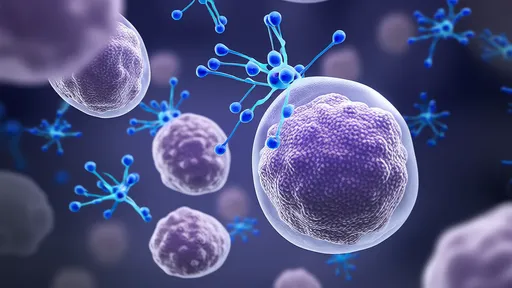
By /Jul 29, 2025

By /Jul 29, 2025
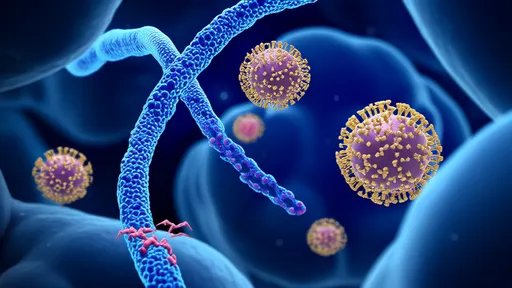
By /Jul 29, 2025
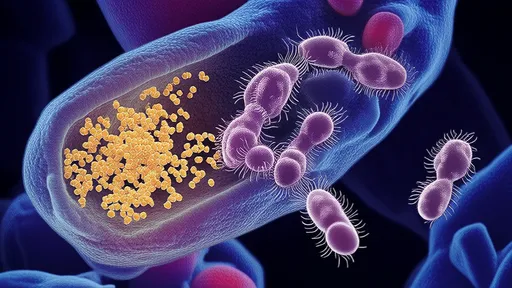
By /Jul 29, 2025
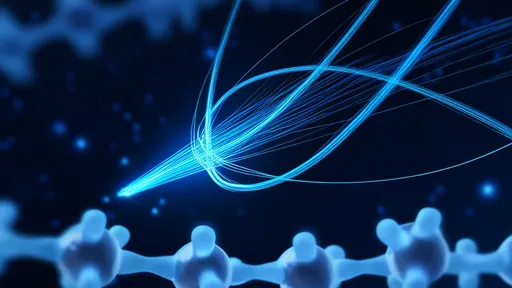
By /Jul 29, 2025
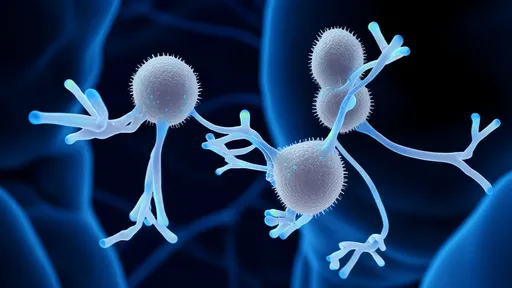
By /Jul 29, 2025
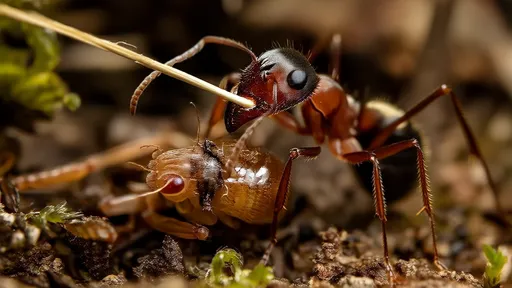
By /Jul 29, 2025
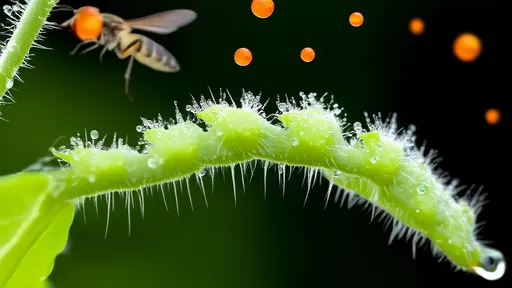
By /Jul 29, 2025
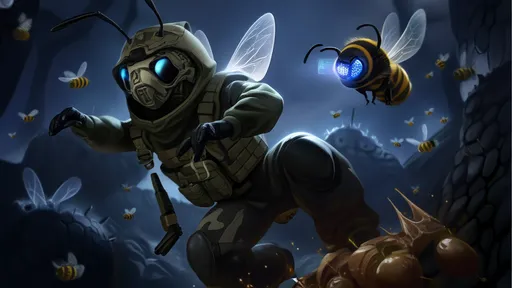
By /Jul 29, 2025

By /Jul 29, 2025

By /Jul 29, 2025
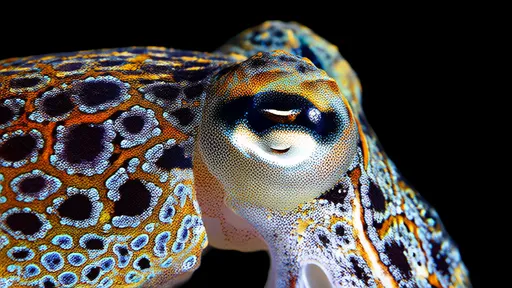
By /Jul 29, 2025
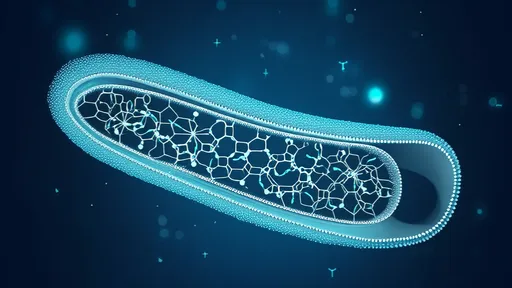
By /Jul 29, 2025

By /Jul 29, 2025
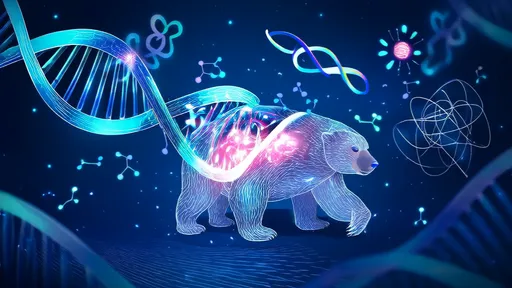
By /Jul 29, 2025
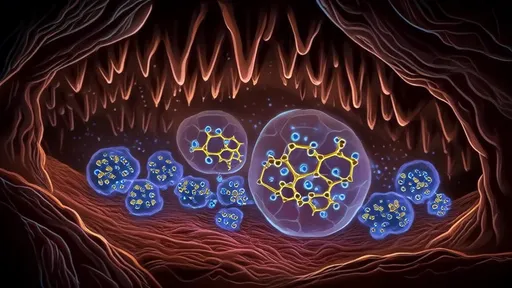
By /Jul 29, 2025
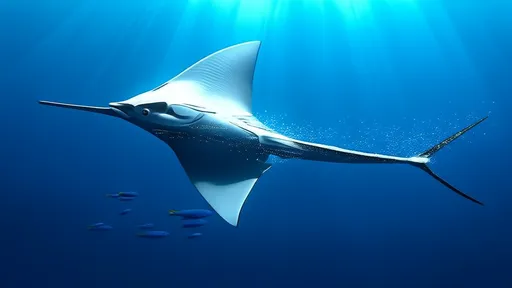
By /Jul 29, 2025

By /Jul 29, 2025

By /Jul 29, 2025